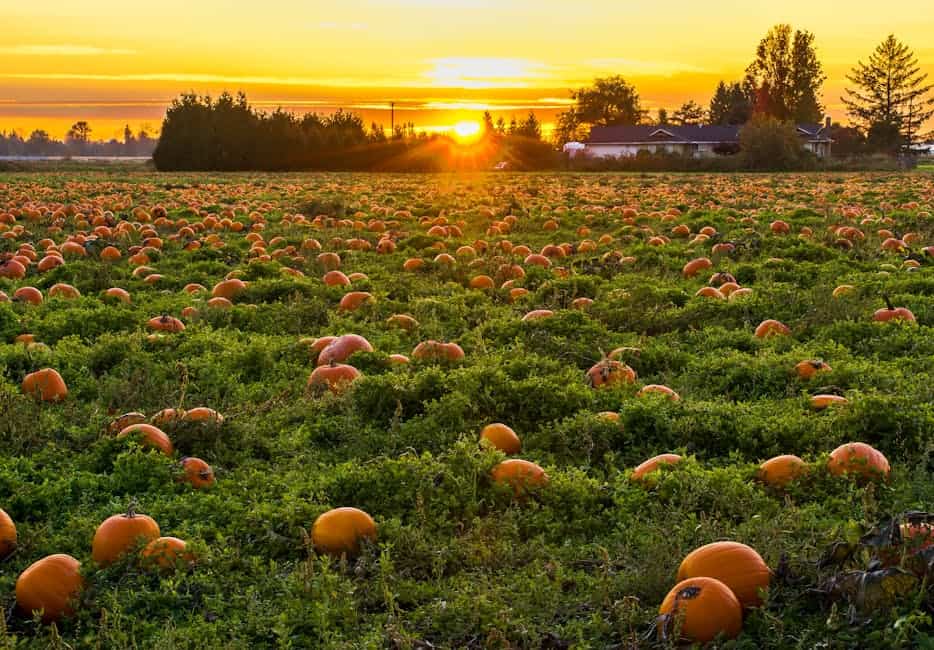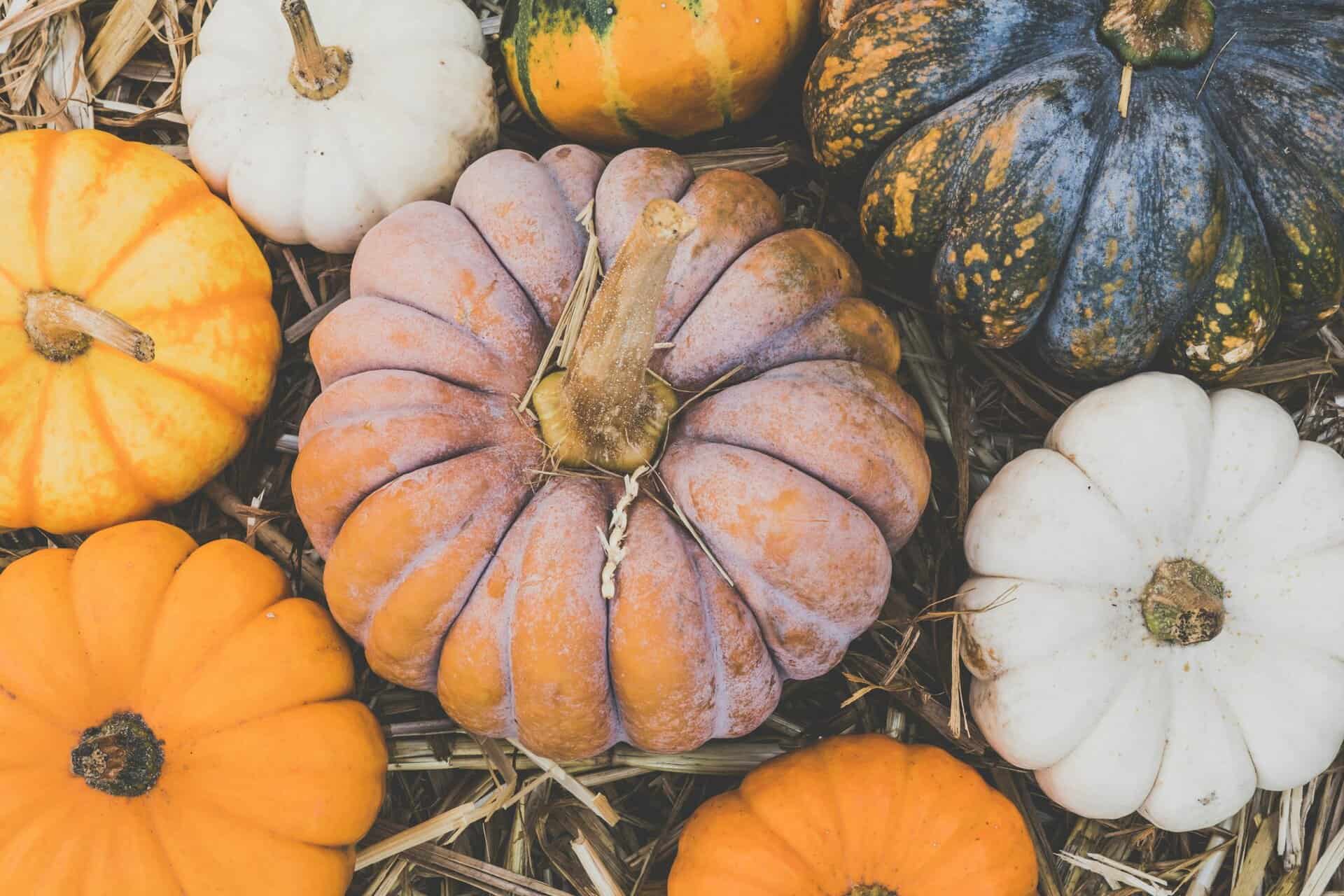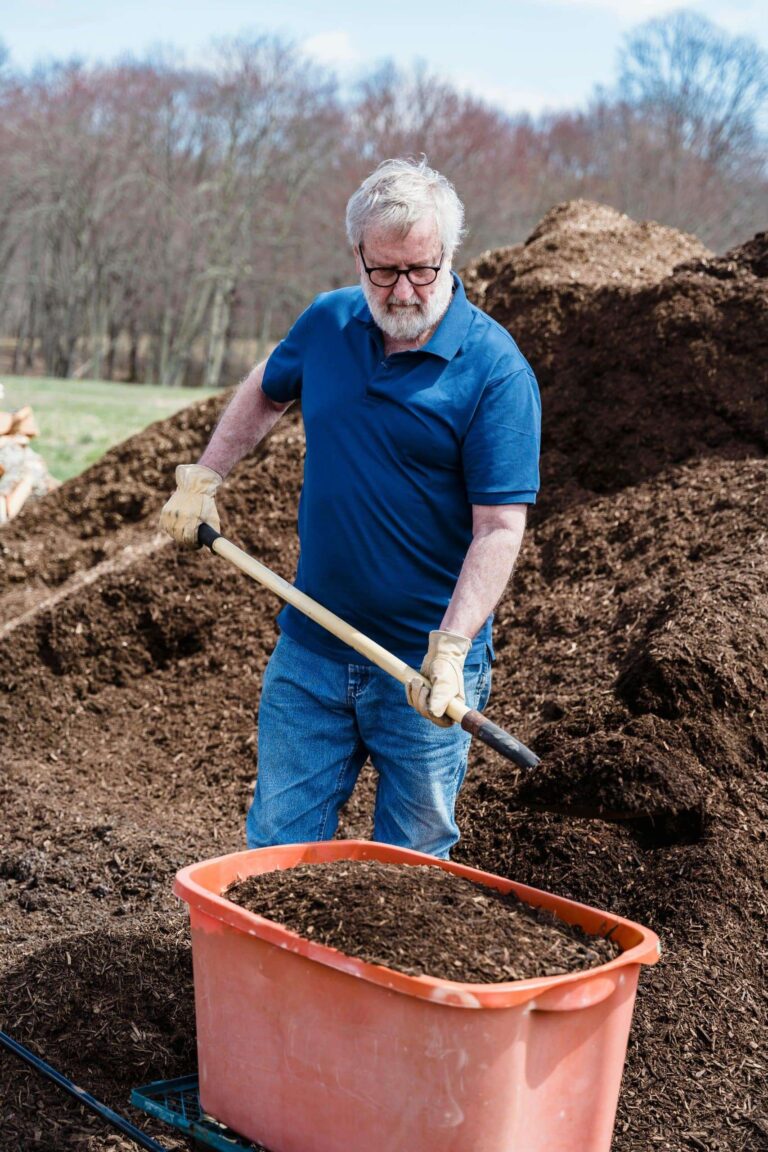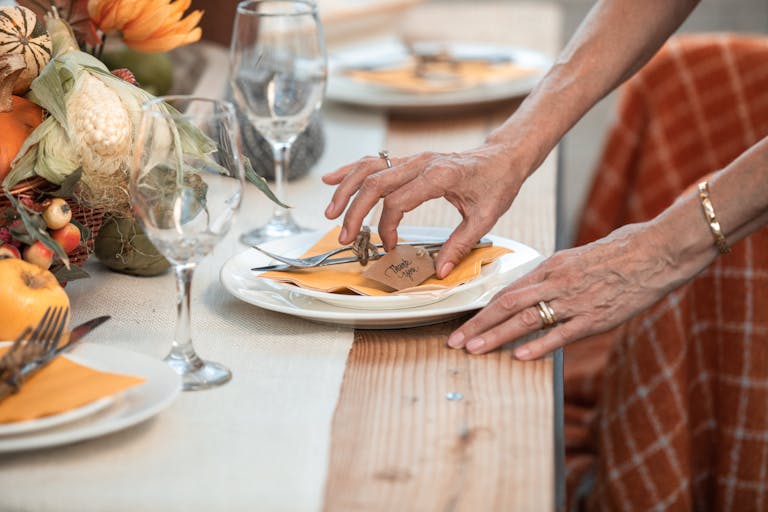A Taste of Time: The Timely Culinary History of Pumpkins
When October arrives, the world seems to turn orange—and it’s all because of pumpkins. From lattes and pies to porch displays and pumpkin patches, this humble fruit (yes, fruit, not vegetable) takes center stage every fall. But behind the frenzy lies a much older story. Pumpkins have fed civilizations, inspired legends, and symbolized harvest abundance for thousands of years.
National Pumpkin Day, celebrated on October 26, honors this long legacy. And while most people associate them with Halloween or Thanksgiving, their history reaches far beyond the modern season of spice and sweaters. Before Instagram feeds overflowed with pumpkin-flavored everything, ancient farmers were cultivating them as essential survival food.
What Makes a Pumpkin a Pumpkin?
That plump orange globe on your doorstep isn’t technically a vegetable—it’s a fruit, because it contains seeds. Pumpkins belong to the Cucurbitaceae family, along with cucumbers, zucchini, and gourds. The name itself comes from the Greek word “pepon,” meaning “large melon.”
And while orange may be iconic, pumpkins come in many shades—white, blue, red, yellow, and green. Some are smooth as porcelain; others proudly wear warts. They can fit in your hand or grow so massive that they need forklifts. Record-breaking pumpkins have weighed over 1,000 pounds—heavier than a grand piano!
The Ancient Origins of Pumpkins

According to The Conversation, pumpkins originated in Central and South America, with archaeological evidence of seeds in Mexico dating back around 9,000 years—older than the pyramids.
Native Americans were the original pumpkin farmers, cultivating them long before corn or beans became widespread. This colorful fruit provided sustenance, medicine, and even materials for tools and mats when dried. They were the ultimate zero-waste crop.
The Three Sisters Garden: Pumpkins in Ancient Agriculture
Native farmers perfected the “Three Sisters” method—corn, beans, and squash (pumpkin is one) planted together. Corn grew tall and strong, beans climbed the stalks, adding nitrogen to the soil, and pumpkin vines spread across the ground, locking in moisture and preventing weeds. It was regenerative farming centuries ahead of its time.
Every part of the pumpkin had a purpose: seeds roasted for snacks, blossoms cooked for flavor, flesh baked or mashed for energy. Even the shells were dried and repurposed. This relationship between people and pumpkins laid the foundation for centuries of agricultural wisdom.
Pumpkins Cross the Atlantic
When European explorers arrived, they discovered these sweet, versatile fruits and eagerly adopted them. Native Americans shared their cultivation and cooking techniques, helping early colonists survive harsh winters.
Settlers quickly embraced them—using them in soups, breads, and early pies. The first pumpkin pies were hollowed-out pumpkins filled with milk, honey, and spices, baked in open fires. By 1796, “American Cookery” by Amelia Simmons introduced the modern version: a spiced custard baked in a crust, forever linking them with Thanksgiving tables.
Pumpkins and the Birth of Pumpkin Spice
Fast-forward to the 1930s, when pumpkin spice first appeared as a ready-made mix for home bakers. The blend—cinnamon, nutmeg, ginger, allspice, and cloves—became the flavor of comfort.
Then came 2003, and Starbucks unleashed the Pumpkin Spice Latte, turning pumpkins from humble produce into pop-culture icons. Suddenly, everything from candles to dog treats carried the flavor. Ironically, pumpkin spice season now begins in August, long before real ones are even harvested.
Pumpkins in the Modern Age: From Farms to Festivals

Today, they’re grown in all 50 states, with Illinois leading the way in production, at over 15,000 acres annually. Indiana, California, Michigan, Pennsylvania, and Washington follow close behind.
Beyond food, these fruits fuel a booming agritourism industry. Families flock to pumpkin patches for hayrides, corn mazes, and photo ops. Farmers benefit too—visitors pick their own pumpkins, reducing labor costs while supporting local agriculture. It’s community, commerce, and nostalgia wrapped in flannel.
For modern cooks, it’s more than pie filling—they’re an ingredient worth experimenting with. RiverBender highlights innovative pumpkin recipes such as pumpkin and sage risotto, spiced pumpkin pancakes, and even pumpkin hummus. Whether savory or sweet, pumpkins add warmth and versatility to any dish.
Why We’re Still Obsessed with Pumpkins
So why do we keep celebrating pumpkins year after year? Maybe it’s their versatility—you can eat them, carve them, decorate with them, or enter them in contests. Maybe it’s nostalgia, or maybe it’s just the cozy mix of cinnamon, nutmeg, and ginger that makes everything feel like fall.
Whatever the reason, they have earned their place in American life. As RiverBender notes, pumpkins are “not only culturally significant but also nutritionally impressive,” offering vitamins A and C, fiber, and heart-warming flavor.
Celebrate National Pumpkin Day
Next October 26, honor the rich history of pumpkins however you like—bake a pie, visit a local patch, or just sip your favorite pumpkin-spiced drink without guilt. These orange beauties have been nourishing and inspiring people for 9,000 years—and that’s a legacy worth toasting.
So go ahead: raise your mug. Ancient, delicious, and endlessly symbolic—they’ve truly stood the test of time.







